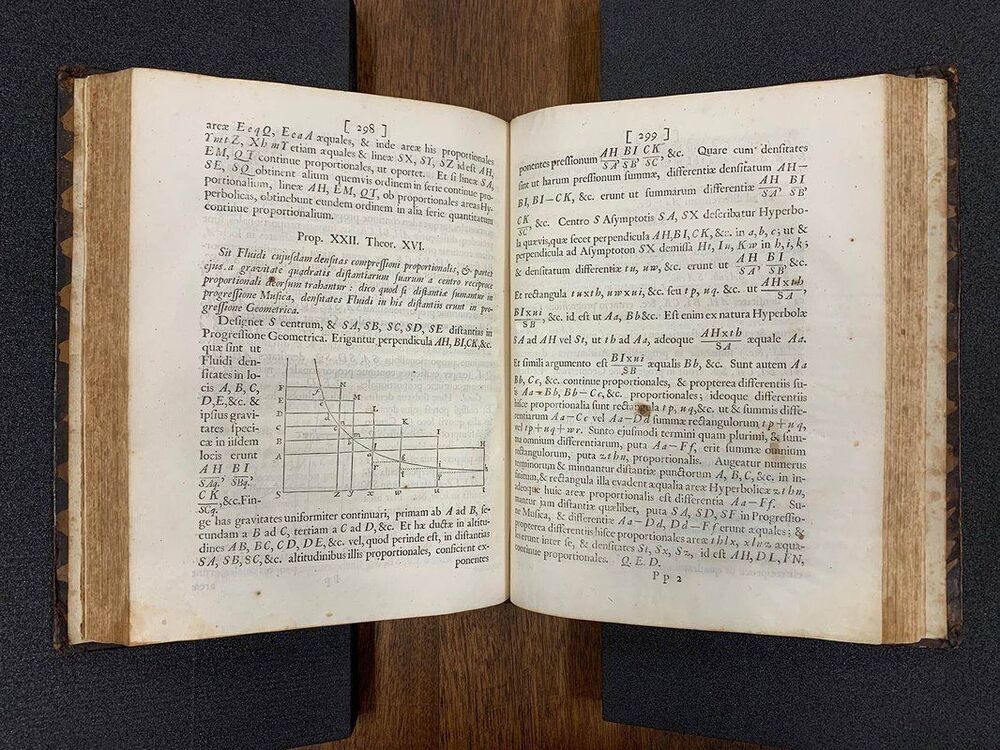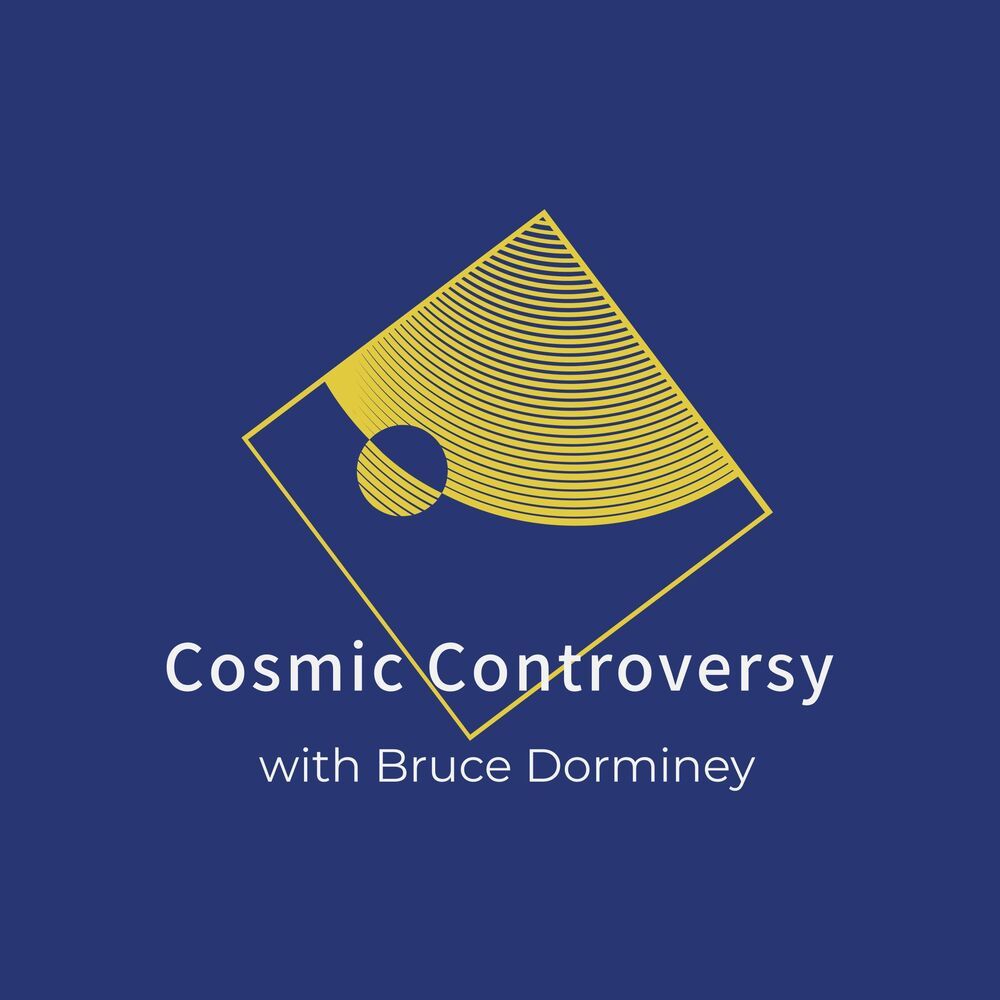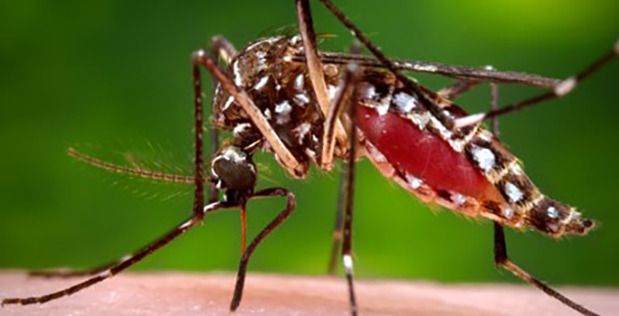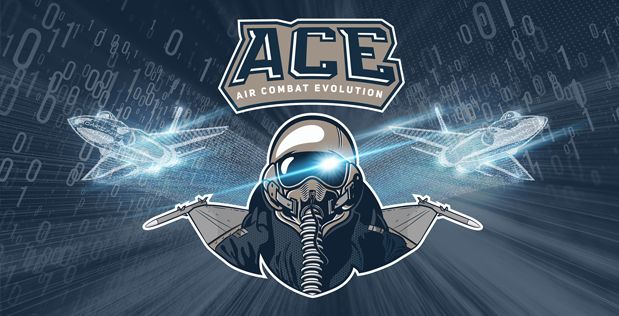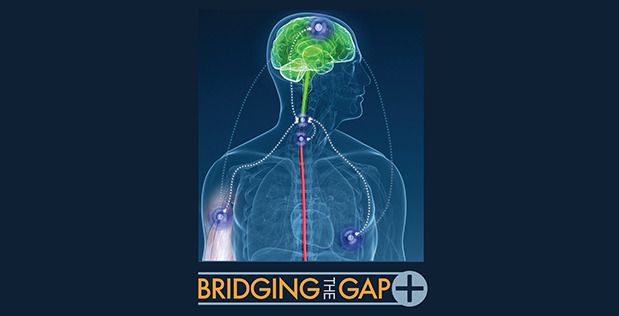Nov 12, 2020
Hundreds of copies of Newton’s Principia found in new census
Posted by Genevieve Klien in category: mathematics
In a story of lost and stolen books and scrupulous detective work across continents, a Caltech historian and his former student have unearthed previously uncounted copies of Isaac Newton’s groundbreaking science book Philosophiae Naturalis Principia Mathematica, known more colloquially as the Principia. The new census more than doubles the number of known copies of the famous first edition, published in 1687. The last census of this kind, published in 1953, had identified 187 copies, while the new Caltech survey finds 386 copies. Up to 200 additional copies, according to the study authors, likely still exist undocumented in public and private collections.
“We felt like Sherlock Holmes,” says Mordechai (Moti) Feingold, the Kate Van Nuys Page Professor of the History of Science and the Humanities at Caltech, who explains that he and his former student, Andrej Svorenčík (MS ‘08) of the University of Mannheim in Germany, spent more than a decade tracing copies of the book around the world. Feingold and Svorenčík are co-authors of a paper about the survey published in the journal Annals of Science.
Moreover, by analyzing ownership marks and notes scribbled in the margins of some of the books, in addition to related letters and other documents, the researchers found evidence that the Principia, once thought to be reserved for only a select group of expert mathematicians, was more widely read and comprehended than previously thought.
